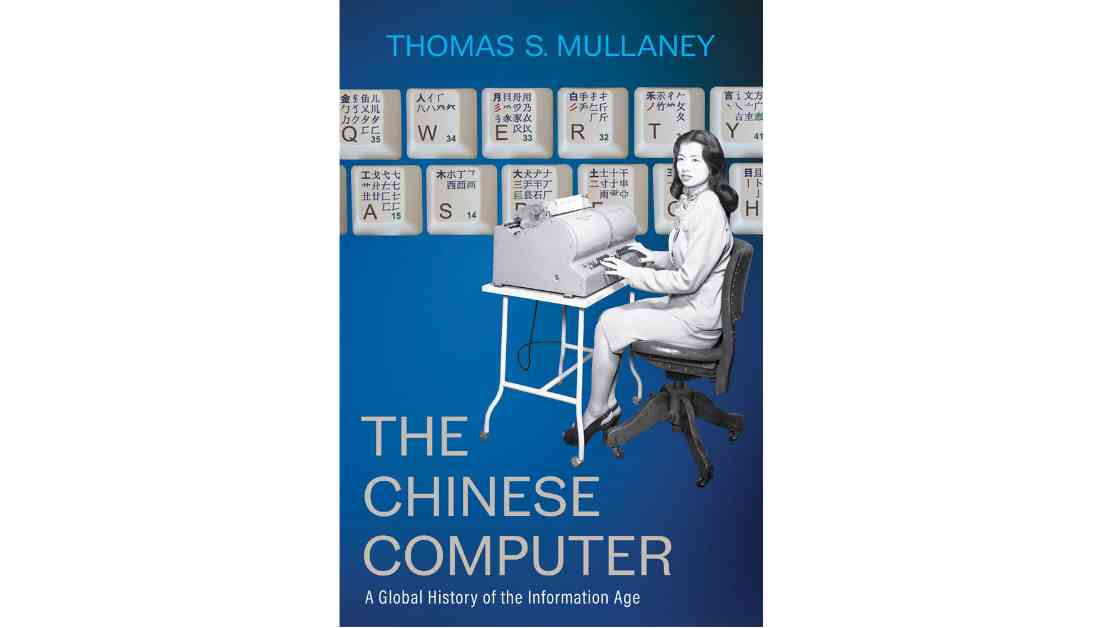In the world of technology and innovation, the story of Chinese typing methods is a fascinating one. With a language that boasts tens of thousands of characters and no alphabet, the challenge of inputting Chinese characters on a standard QWERTY keyboard has been a long-standing one. The development of Chinese input methods, which enable the use of alphanumeric symbols to produce Chinese characters, has revolutionized the way Chinese is written and has had a profound impact on modern computing.
The history of Chinese input methods can be traced back to the aftermath of World War II, with various iterations and developments leading up to the present day. These input methods have paved the way for predictive text input, offering unprecedented speed and efficiency across both ideographic and alphabetic languages. The lineage of modern-day text input can be directly linked to the innovations in Chinese input technology.
The tale of Chinese input methods is not just a story of technological advancement, but also one of personal endeavors and family legacies. In a chance encounter with an elderly Chinese war veteran and his granddaughter, it became evident that the quest for the perfect Chinese input system is still ongoing. Three generations of the same family were working on different input systems, each believing that their method was the key to solving the puzzle of computational Chinese text entry.
The relentless pursuit of faster and more accurate Chinese input methods reflects a broader sociopolitical context of civilizational anxiety. For centuries, China has grappled with the challenges of fitting its language and writing system into a Western-dominated world order. The development of Chinese input methods has been a way to compensate for perceived shortcomings and to navigate the complexities of modernity.
While Chinese input technology has made significant strides in recent years, surpassing the speed and efficiency of English typing, the legacy of alphabetic dominance continues to influence perceptions and beliefs. The deeply ingrained notion of one-symbol-one-key, what-you-type-is-what-you-get remains a powerful force in shaping attitudes towards Chinese input methods.
Despite the remarkable achievements in Chinese input technology, the quest for the perfect input system continues. The dual factors of technolinguistic complexity and sociopolitical history contribute to the ongoing evolution of Chinese input methods. As Chinese engineers, inventors, and users continue to innovate in this space, the story of Chinese typing remains a dynamic and ever-evolving narrative of technology and culture intersecting in the digital age.







![EuroDreams (FDJ) Result: Draw of Thursday, November 28, 2024 [Online] news-29112024-173727](https://shanghainewstv.com/wp-content/uploads/2024/11/news-29112024-173727-218x150.jpg)









